What are constructed Wetlands?
Wetlands are "areas where water covers the soil, or is present either at or near the surface of the soil all year or for varying periods of time during the year" (US Environmental Protection Agency 2016). Wetlands process minerals and nutrients through microbial activity and chemical reactions that naturally “clean” water: wetland plants take up excess nutrients, enhance microbial activity to decompose pollutants and kill pathogens, and trap sediments that often contain toxic chemicals (US Environmental Protection Agency 2000).
Wetlands that have been carefully designed and engineered to mimic natural wetland ecosystem processes for the purpose of improving water quality are called constructed wetlands. They are created specifically to treat wastewater contaminants ranging from heavy metals and chemicals from industrial processes to bacteria from food waste washed down the kitchen sink. Although most commonly used for the treatment of domestic wastewater, constructed wetlands have also been used to treat wastewater from coal mine drainage, agricultural waste, pre-treated industrial waste, compost and landfill leachates, and storm water runoff. Depending upon the type of wastewater, constructed wetlands can be used as a primary treatment system or integrated as the final polishing step within a larger chain of treatment steps (Davis 1995).
The Huie Constructed Wetlands in Clayton County, GA. Source: American Academy of Environmental Engineers & Scientists.


